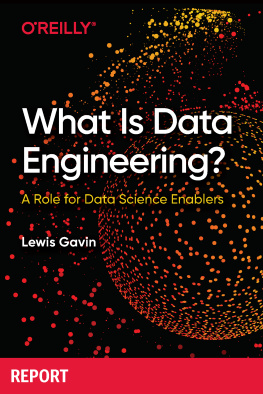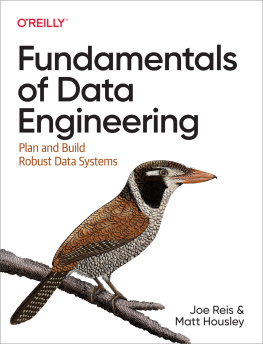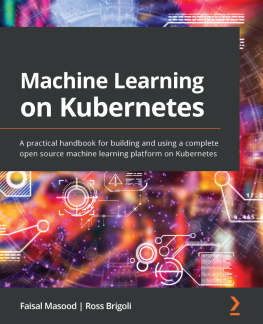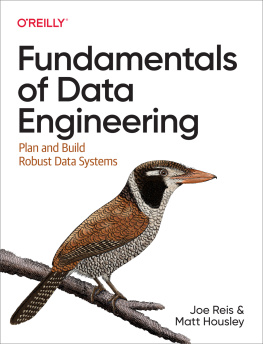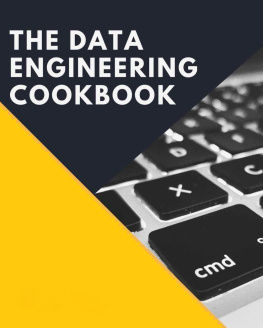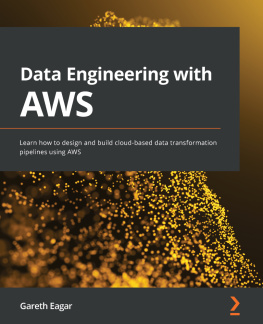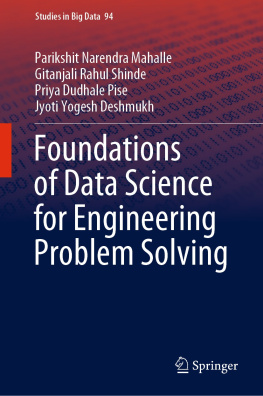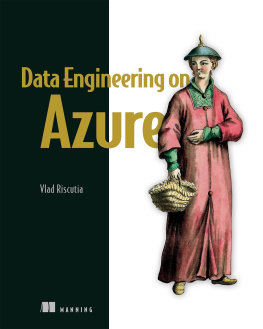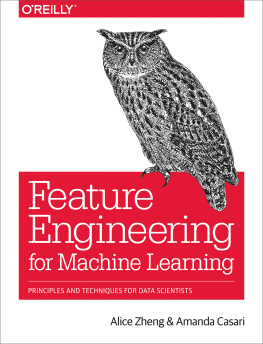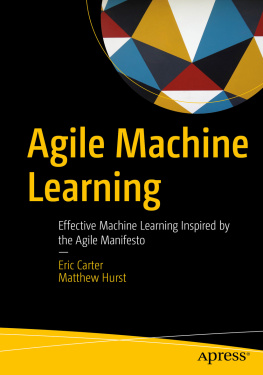De Gruyter Textbook
ISBN 9783110746228
e-ISBN (PDF) 9783110746235
e-ISBN (EPUB) 9783110746594
Bibliographic information published by the Deutsche Nationalbibliothek
The Deutsche Nationalbibliothek lists this publication in the Deutsche Nationalbibliografie; detailed bibliographic data are available on the Internet at http://dnb.dnb.de.
2021 Walter de Gruyter GmbH, Berlin/Boston
Rainer Drath (Ed.)
AutomationML
Also of interest
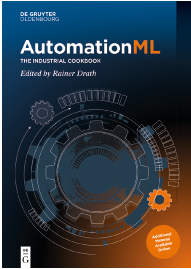
AutomationML The Industrial Cookbook
Edited by Rainer Drath, 2021
ISBN 978-3-11-074592-4, e-ISBN (PDF) 978-3-11-074597-9,
e-ISBN (EPUB) 978-3-11-074619-8

Robotic Process Automation
Management, Technology, Applications
Edited by Christian Czarnecki, Peter Fettke, 2021
ISBN 978-3-11-067668-6, e-ISBN (PDF) 978-3-11-067669-3,
e-ISBN (EPUB) 978-3-11-067677-8
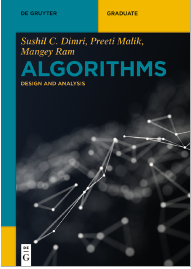
Algorithms Design and Analysis
Sushil C. Dimri , Preeti Malik,Mangey Ram, 2021
ISBN 978-3-11-069341-6, e-ISBN (PDF) 978-3-11-067669-3,
e-ISBN (EPUB) 978-3-11-067677-8
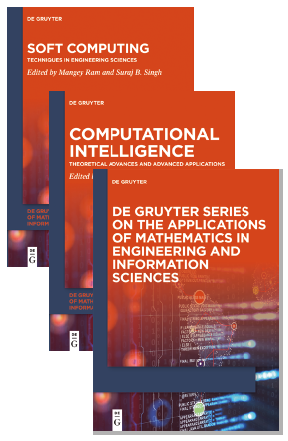
De Gruyter Series on the Applications of Mathematics
in Engineering and Information Sciences
Edited by Mangey Ram
ISSN 2626-5427, e-ISSN 2626-5435
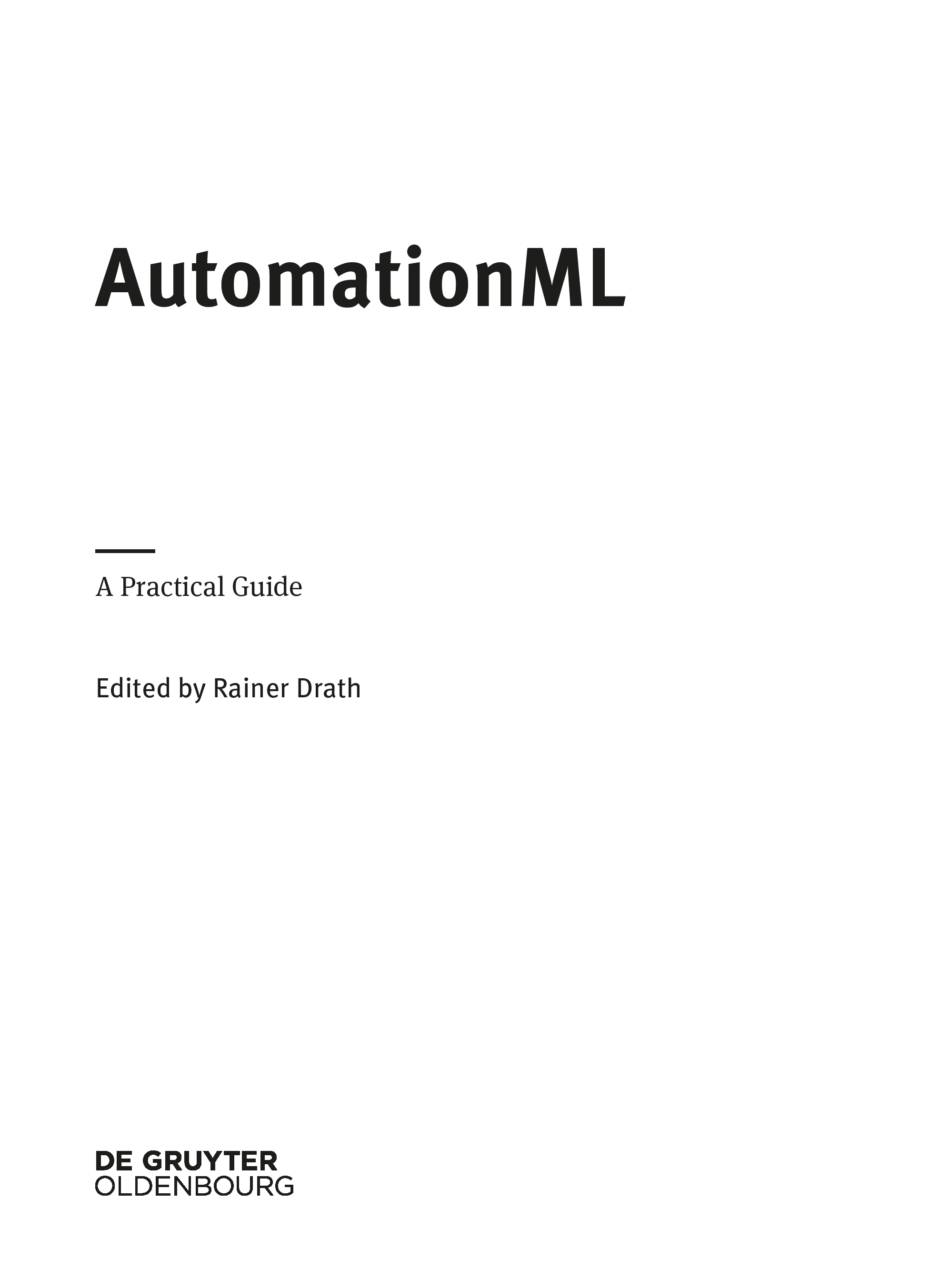
Editor
Prof. Dr. Rainer Drath
Pforzheim University of Applied Sciences
Institute of Smart Systems and Services
Faculty of Technology
Tiefenbronner Str. 65
75175 Pforzheim
Germany
ISBN 978-3-11-074622-8
e-ISBN (PDF) 978-3-11-074623-5
e-ISBN (EPUB) 978-3-11-074659-4
Library of Congress Control Number: 2021936234
Bibliographic information published by the Deutsche Nationalbibliothek
The Deutsche Nationalbibliothek lists this publication in the Deutsche Nationalbibliografie; detailed bibliographic data are available on the Internet at http://dnb.dnb.de.
2021 Walter de Gruyter GmbH, Berlin/Boston
Cover image: Rainer Drath, AutomationML e. V.
www.degruyter.com
Foreword by Prof. Dr. Alexander Fay
Almost twenty years ago, the idea of an object-oriented, manufacturer-neutral, computer-readable description of industrial plants was first presented: CAEX, short for Computer Aided Engineering eXchange. In a world of document-oriented engineering tools, this opened up the possibility of loss-free information exchange. Soon afterwards, when internationally standardized in IEC 62424, the concept of a system model structured hierarchically with objects found more and more supporters. CAEX enables both requirements and solutions for engineering tasks to be linked to the plant objects.
CAEX is more than just an XML-based exchange format for engineering data: CAEX can support the engineering workflow consistently and connect previously separate software tools and engineering tasks during the planning, implementation and operation of industrial plants. Because of these strengths, CAEX was chosen to be the backbone of AutomationML. By integrating further description means, such as COLLADA for geometries and PLCopen XML for process descriptions and control programs, AutomationML enables the linking of all planning and operational information to the assets of a system. AutomationML, thus, provides what is necessary to build a digital twin of an industrial plant.
Thereby, AutomationML offers a multitude of application areas: in addition to modelling of industrial plants, it has been applied to model different technical systems such as communication systems, building automation systems, energy supply and distribution networks, but also various kinds of diagrams. In fact, everything which can be structured into objects and links (of whatever type) between them can be modelled with AutomationML and, thus, be transferred to other software tools for further information processing.
To this day, more than 2,000 publications from industry and academia report the capabilities and advantages of AutomationML. A lot of considerations and experiences from practical applications have contributed to the development of AutomationML, which now is available in Edition 2 and further improves the modelling capabilities and reduces the modelling effort. Therefore, it is the right time now for this book, to introduce these advantages to a wider audience. Though the basic principles of AutomationML are easy to grasp, a more detailed study of the topic is necessary to fully benefit from the advantages of AutomationML.
This book is ideal reading both for the AutomationML beginner, who will be introduced gently to the main concepts, as well as the AutomationML expert, who will find valuable modelling techniques. AutomationML can significantly simplify information exchange between software tools throughout the entire life cycle of a plant, for the benefit of engineering service providers, plant constructors, plant operators and manufacturers. This book is highly recommended to all who want to know how they can participate in this development.
Prof. Dr.-Ing. Alexander Fay , Hamburg, November 2020
Helmut Schmidt University, Hamburg
Foreword by Andreas Graf Gatterburg
The AutomationML Initiative was founded in 2006, initiated by Daimler AG. It was intended to generate a neutral data format for engineering data exchange, but a group of pioneers from different companies and universities foresaw the opportunities of data digitalization in the manufacturing industry and developed a data format that is a full-fledged modelling language. Today, 14 years later, AutomationML is a well-known and accepted technology and already established in industry.
The basic motive of AutomationML is cost savings. Cost-saving is always on the mind of the customer of industrial automation. In our highly developed economies, the cost of skilled labour is most of the time far more significant than material or equipment cost. Nevertheless, all too often engineers are confronted with a situation where they have no possibility to reuse the results of their fellows. A lack of open interconnection between engineers in an automation project leads to exploding costs. Caused by a fragmented documentation and tool landscape, this complex is the cause of many a failed project and hampers the growth of future markets in automation significantly. The story we tell in this book is a different one. It is the story of how openness can make your work better.
When the first book on AutomationML was published a decade ago, AutomationML was considered, even by its inventors, to be nothing but a file format for data exchange in engineering tool chains. It is this still, and an increasingly successful one at that. But, over the years, AutomationML has become more. It has become an information modelling language for automation engineering. AutomationML has, through the tireless work of a committed community, become a host to one of the most extensive pools of engineering models in the industry today.


